- Fascinating Facts About the Sundarbans
- Manushi Chhillar at The Riverwood Forest Retreat, Dooars
- Holiday to the Land of Mowgli
- The Butterfly Lifecycle
- Interesting Facts About Pench Tiger Reserve: The Land of Iconic Tigers
- Butterfly Garden in Pench, Kanha and Dooars
- 7 Differences Between Butterflies and Moths
- Animal Facts
- Discovering the Avian Treasures of Sundarbans
- Safari Tips
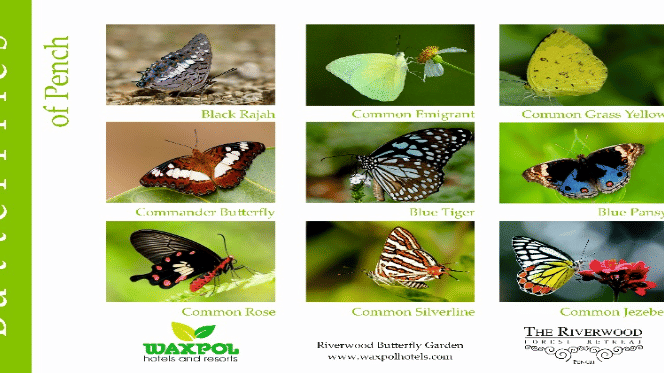
The Riverwood Butterfly Garden’s are not just a place to marvel at the vibrant beauty of butterflies. It is a haven that promotes awareness about these fascinating creatures, their role in our ecosystem, and the importance of sustainability. Whether you are a nature enthusiast or looking for fun kids’ activities in Pench, Kanha and Dooars; this butterfly garden offers a unique blend of education, recreation, and environmental stewardship.
Why The Riverwood Butterfly Garden Was Created?
The butterfly garden was established with two core objectives:
- Education and Awareness: To illuminate the life cycle of butterflies and their ecological significance. Butterflies are vital indicators of a healthy ecosystem, and learning about their behaviours gives us a deeper understanding of our environment.
- A Sustainable Initiative: By creating a habitat that supports butterflies and moths, The Riverwood Butterfly Garden displays how human intervention can restore and maintain biodiversity.
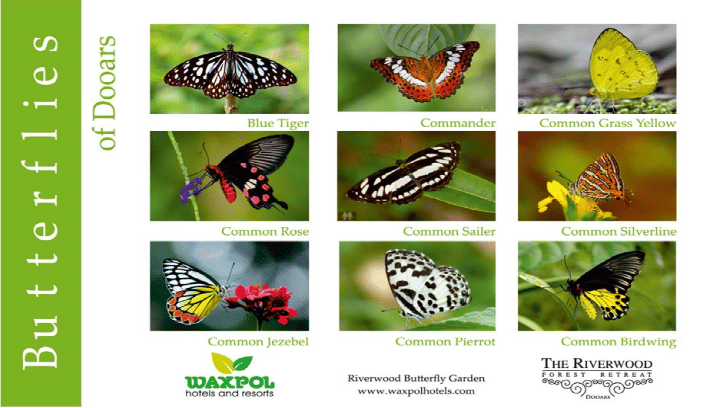
Butterflies: Symbols of a Healthy Ecosystem
Did you know that the presence of butterflies, moths, and spiders in your surroundings is a sign of a thriving and sustainable habitat? If these species are missing, it could indicate environmental degradation and pollution.
At The Riverwood Butterfly Garden, we have cultivated an environment that encourages the growth of butterflies, reinforcing our commitment to protecting biodiversity. By visiting the garden, guests can:
At The Riverwood Butterfly Garden, we have cultivated an environment that encourages the growth of butterflies, reinforcing our commitment to protecting biodiversity. By visiting the garden, guests can:
- Learn about the butterfly life cycle, from larva to their breathtaking final stage as flying marvels.
- Observe how these insects interact with plants and other species, helping to pollinate and maintain ecological balance.
- Understand how a sustainable environment supports not only butterflies but also other vital species.
Learning about butterfly behaviours can give us deep insight into how they adapt to our ecosystem.
Butterfly Behaviours
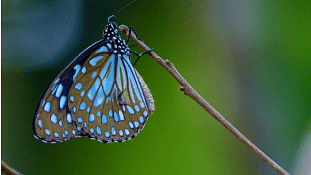
Roosting
As darkness falls, whether due to approaching rain or sunset, butterflies instinctively seek shelter within dense vegetation. To protect themselves from rain or to rest, they often hang upside down with their wings closed, nestled beneath tree branches, or safely tucked under the cover of large leaves.
Basking
Butterflies bask in sunny spots, spreading their wings to absorb warmth from the sun. This helps them regulate their body temperature and prepare for flight.
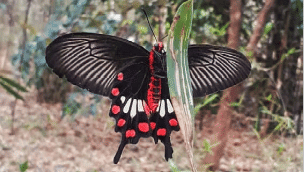
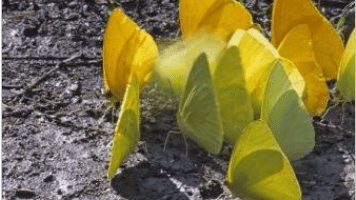
Puddling
Keep an eye out for butterflies near ground-level puddles, especially after a rainfall. Male butterflies often gather at these water pools to absorb natural salts and essential nutrients that are crucial for reproduction, as these are not typically found in the flower nectar they consume.
Fooling the Enemies
Many butterflies have evolved remarkable survival strategies to protect themselves from predators. Using camouflage and mimicry, they can outwit hungry threats such as mantises, spiders, birds, frogs, snakes, and lizards.
Some butterflies display wing markings that resemble eyes, startling predators and diverting attention away from their delicate bodies. Others possess wings that mimic the appearance of dried leaves, blending seamlessly into the forest floor for effective camouflage.
Mimicry is another ingenious defence tactic. Certain butterfly species have wing patterns and colours that resemble toxic plants or flowers, making them unappealing to predators and ensuring their safety.
Some butterflies display wing markings that resemble eyes, startling predators and diverting attention away from their delicate bodies. Others possess wings that mimic the appearance of dried leaves, blending seamlessly into the forest floor for effective camouflage.
Mimicry is another ingenious defence tactic. Certain butterfly species have wing patterns and colours that resemble toxic plants or flowers, making them unappealing to predators and ensuring their safety.
Courtship, Mating and Egg-laying
Butterflies exhibit fascinating courtship behaviours that you can observe up close. During courtship, butterflies often flutter around each other in a spiral pattern, releasing pheromones to signal their readiness to mate. You might spot them perched together on a leaf or another surface, with the tips of their abdomens touching.
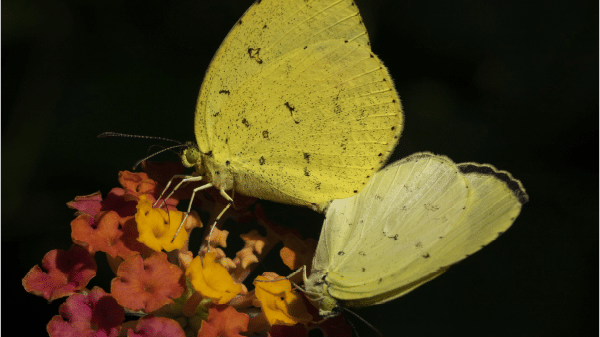
When mating, the pair often remains still for several hours as the male transfers a spermatophore—a nutrient-rich package containing sperm—to fertilize the female's eggs. While males can mate multiple times during their lifetime, females typically mate only once. Witnessing this process offers a unique glimpse into their reproductive journey.
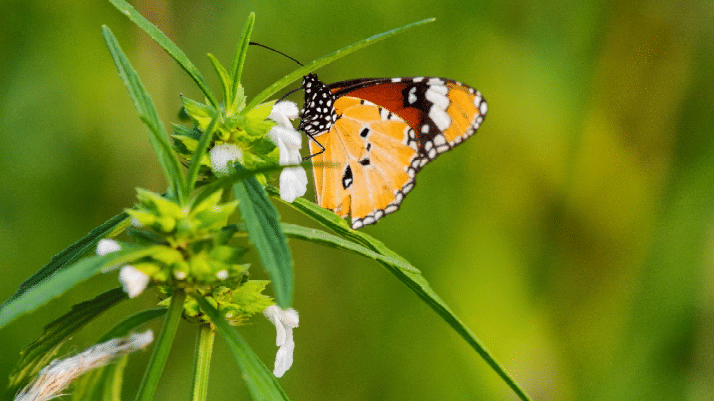
After fertilisation, the female butterfly will look for a suitable and safe host plant to lay their eggs. The eggs are usually found on the underside of the host plant. The host plants play a key role in feeding and protection of the new-born caterpillars.
After fertilization, the female butterfly seeks out a safe and suitable host plant to lay her eggs, typically on the underside of its leaves. These host plants are crucial, providing both nourishment and protection to the newly hatched caterpillars.
After fertilization, the female butterfly seeks out a safe and suitable host plant to lay her eggs, typically on the underside of its leaves. These host plants are crucial, providing both nourishment and protection to the newly hatched caterpillars.
Subscribe and Share
If you enjoyed this blog, do not keep it to yourself!